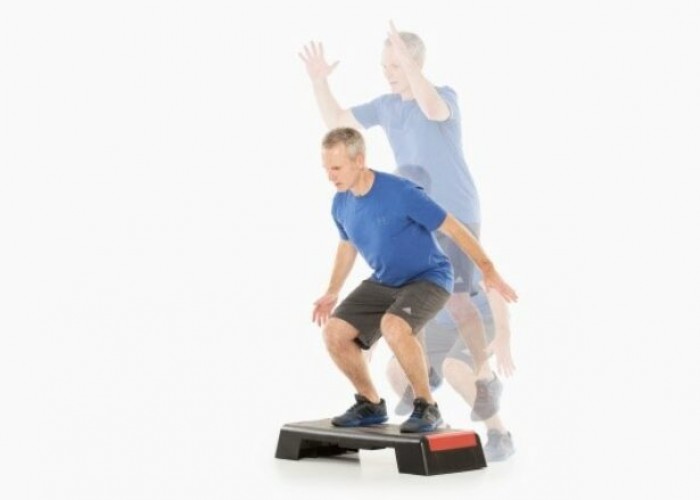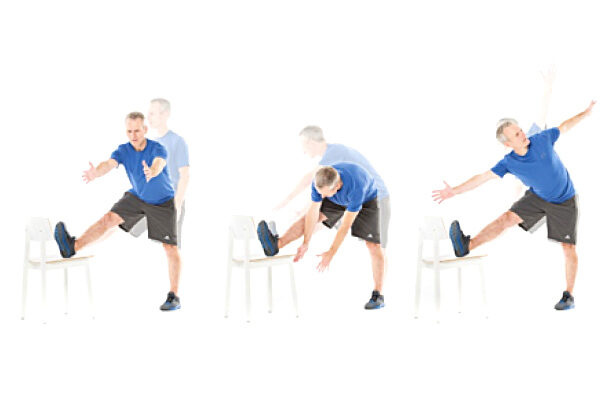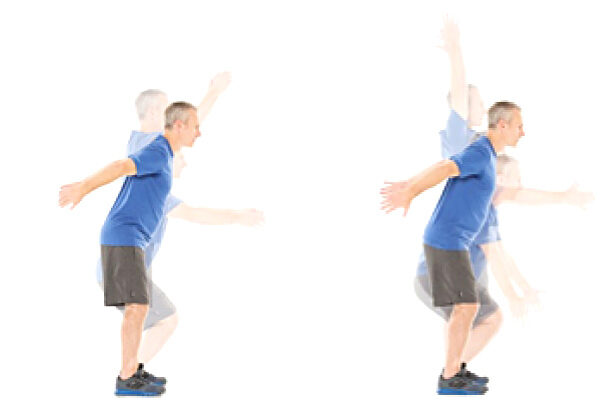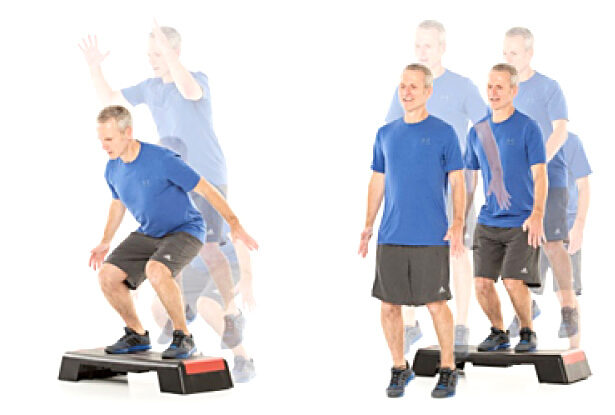FASCIAL MOVEMENTS
FASCIAL MOVEMENTS
Besides the very effective BLACKROLL® training, fascial training can also be intensified with special fascial movements. Fascial structures cannot only be loosened, but also “strengthened”. “Strengthening the fascia” means improving the elasticity and the tear-resistance of the fascial structures and in addition also improving the ligaments’, tendons’ and joint-capsules’ capacity to store kinetic energy. According to fascia experts, these are all part of the fascial structures. This way, athletic movements become more economical, because they require less muscle energy and there is a lower risk of getting injured.
If you have ever engaged with the topic of fascial movements, you will have noticed that it is all about bouncing and rocking movements. Even when it comes to stretching, bouncing movements are allowed, because it has been found that they have a positive effect on the fascia. This shows that there really are no wrong movements. Every movement simply has to be connected to its actual goal. For example, passive stretching is aimed at the detonization and the prevention and reduction of inflammations, while active bouncing stretching is aimed at strengthening and stimulating fascial structures.
However: a distinction must be made. Bouncing is not always the same as bouncing and jumping is not always the same as jumping! In order to really activate fascial structures, there are some details you will have to take into account while jumping and bouncing.
To reach the fascia in the best way possible, it takes maximum pre-stretching, many changes of vectors and mini bounces (pictures by Mira Hampel in: Fascia meets muscle – Meyer & Meyer publishing company 2017)
Sources:
· Roßmann, M./Lowery, L. (2017). Faszie trifft Muskel Aachen: Meyer & Meyer
· Schleip, R. & Baker, A. (2016). Faszien in Sport und Alltag (1.Auflage). München: riva
· Schleip, R., Findley, T., Chaitow, L. & Huijing, P. (Hrsg). (2012): Lehrbuch Faszien Grundlagen – Forschung – Behandlung (1.Auflage). München: Urban & Fischer.
There are no products to list in this category.




